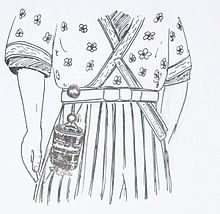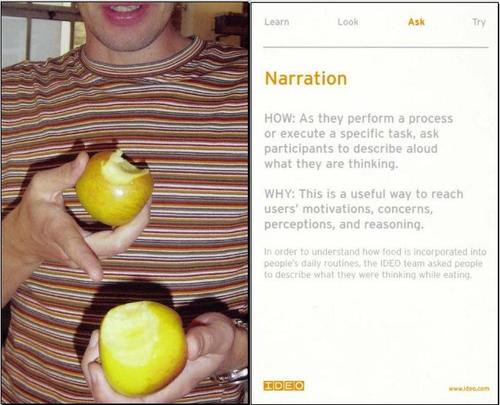As we have finally got a clear idea of the narrative of our object, which is looking at how netsukes were an agent of carrying objects and memory throughout its role in the history both in Japan and Europe. We decide to look at what could Netsukes be carrying for us in modern life.
We sort of made a list of any important things we have as modern citizens-virtual identities, personal information, etc. And at the end we figure that our memories could be one things we can be more cite about. Perhaps a tiny objects that could help us to share our memories together would be an interesting project. Therefore our objective is to make a portable projector that could be carried with a person and able to project their memories in a visual form, i.e. images and videos.
For that I start making a Max/Msp patch which plays a list of videos in a loop. Ive also connect an Arduino with it acts as physical controls, with fast forwards/backwards, jump-to-frame and select frame functions. All to enhance the experience of a potential social situations where the user can inspect one specific moment in that video.
Obviously I didn't make the patch all by my own, the tutor Nick helped me to started the project and I sort of research the way of doing it along the way. I already have experience of using Arduino and censors. that particular part of the project isn't terribly difficult. At the end of the term I have got a working patch with all the controls ready which does just about everything I have mentioned above.
The following is the screen shot of the patch I created for this first prototype














